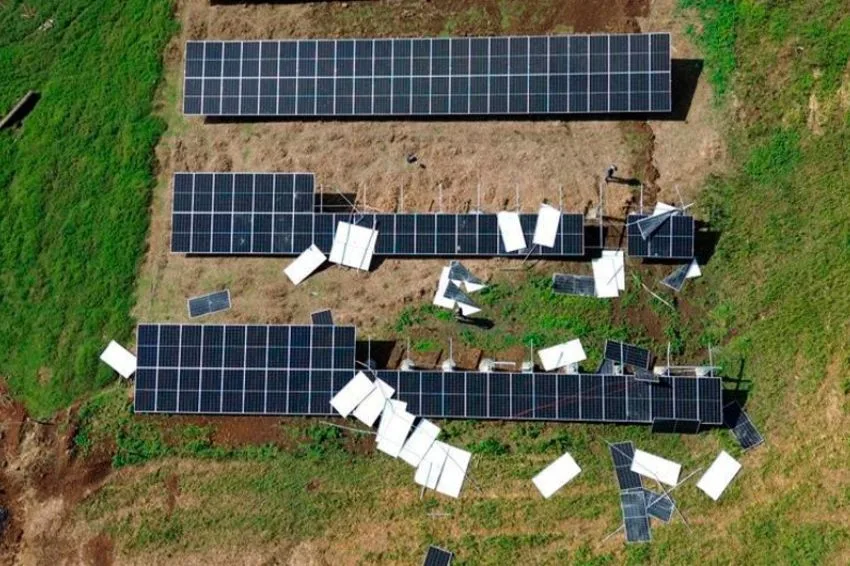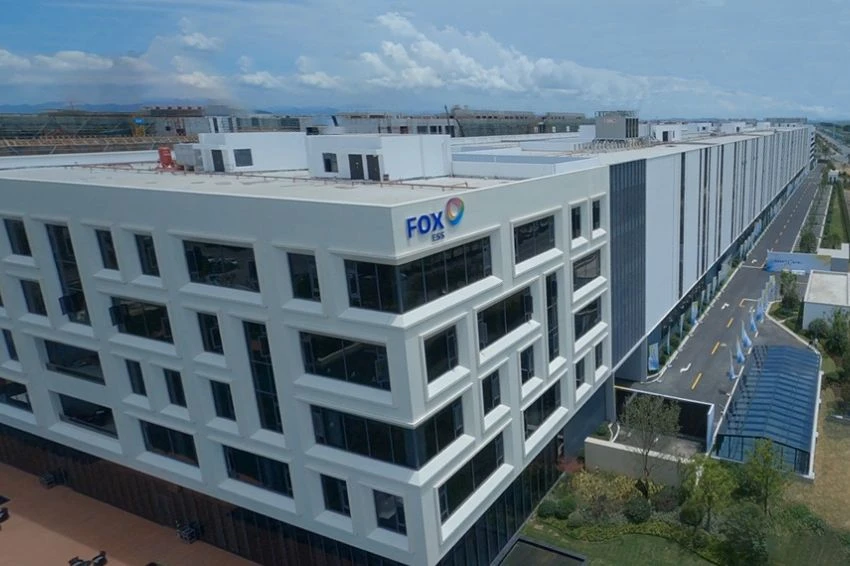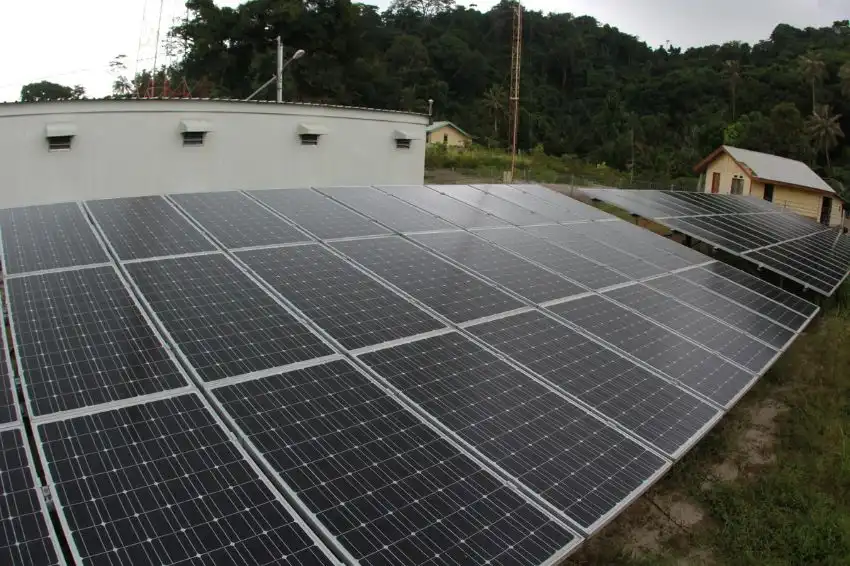With dizzying growth in recent years, solar energy should reach its highest level at the end of this year. record in installations.
That's because in 2022 deadline ends to guarantee free collection of TUSD (Tariff for Use of the Distribution System) until 2045, as stipulated in the Legal Framework for Distributed Generation – Law 14,300 -, January 2022.
According to legislation, all enterprises that request connection to the electricity grid up to 12 months after the sanction of the law will be exempt from the charge for 23 years.
The new legislation brought legal certainty to the sector, which lacked clear rules to develop. Previously, every consumer who used renewable sources to generate their own energy and transferred their surplus to a concessionaire would be entitled to compensation up to 95% of the value on your electricity bill.
With the new rules, there will be a gradual charge for the use of the distributor's network. On average, this charge has a reduction of around 30% of what is injected into the system. Still, ohInstallation of photovoltaic panels will continue to be a good business, and, later on, we will understand why.
Each month, the sector surprises with increasingly positive numbers. And far beyond celebrating the economic gains, we cannot fail to emphasize that, the more solar energy expands, the greater our contribution to reducing the effects of global warming.
Brazil, which has one of the cleanest electrical matrices in the world, is taking great strides towards becoming even more sustainable, with the solar fountain at the forefront of this movement. A new historic milestone was recently reached, raising the source to third position in the electrical matrix, behind only hydroelectric and wind power.
In total, adding the large power plants and the own electrical energy generation systems on roofs, facades and small plots of land, today we have 16.4 GW. Natural gas and biomass have 16.3 GW each, while hydroelectric plants occupy the first position with more than 109 GW of capacity. In second place are wind farms, with 21.9 GW of power.
The good news doesn't stop there. According to ABSOLAR (Brazilian Association of Photovoltaic Solar Energy), which carried out the survey based on data from ANEEL (National Electric Energy Agency), the solar source has already brought Brazil more than R$ 86.2 billion in new investments, R$ 22 .8 billion in revenue to public coffers and generated more than 479.8 thousand jobs accumulated since 2012.
In environmental terms, the gains are significant. Solar energy prevented the emission of 23.6 million tons of CO2 in electricity generation.
In addition to being fundamental for the country's social, economic and environmental development, the advancement of solar energy in homes, small businesses, rural properties and public buildings puts the country in the spotlight on the world stage. We know that today one of the biggest challenges on the planet is stopping global warming. The topic is urgent.
Increasingly, we are experiencing adverse weather conditions, such as the recent heat wave in European countries. If nothing is done, the planet will go through a catastrophe in a few years. A energy transition needs to accelerate and Brazil, with a strong solar incidence, plays a fundamental role in this fight.
So, what can we expect from the national market in 2023? Renovigi works with a growth perspective of 30% in the coming years, and does not see the sector shrinking once the taxation for the use of yarn comes into force.
On the contrary, investing in solar energy will continue to be a profitable venture, with a very attractive payback of around four years, and available financing lines.
Furthermore, we see new opportunities with the storage of energy that can later be sold on the free market or used for self-consumption.
Today, our customer base is microgeneration, 80% of which are individuals, but we have already detected an increase in larger projects, such as those for solar farms that will be able to accumulate energy with large batteries.
Residential projects will also have this possibility, coupling a set of microbatteries used to accumulate energy, which can be sold to the concessionaire at peak times. In states that adopt the white flag, consumers will be able to make this option, making solar energy even more economically attractive.
Flexibility and modernization in solar generation systems will give a new level to the sector next year, regardless of the reduction in credit predicted by the new regulatory framework. In this race, the finish line opens up new horizons and opportunities for the consumer.
















2 Responses
Goodnight.
Dear sirs,
Can microgeneration customers now sell energy to the concessionaire?
OK!